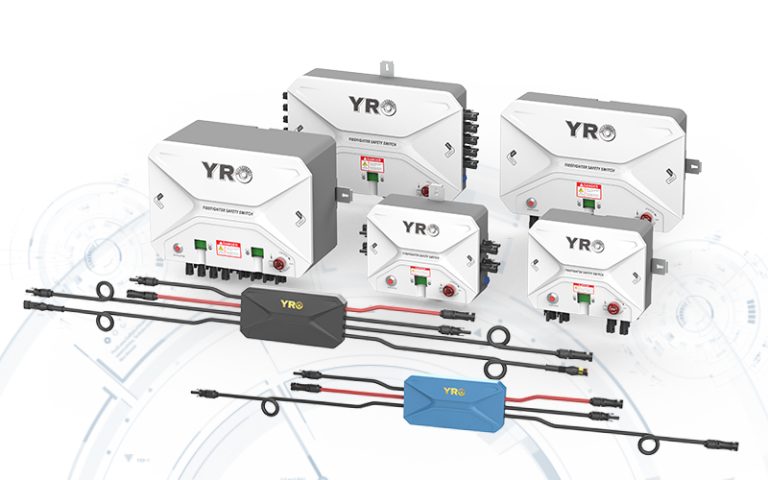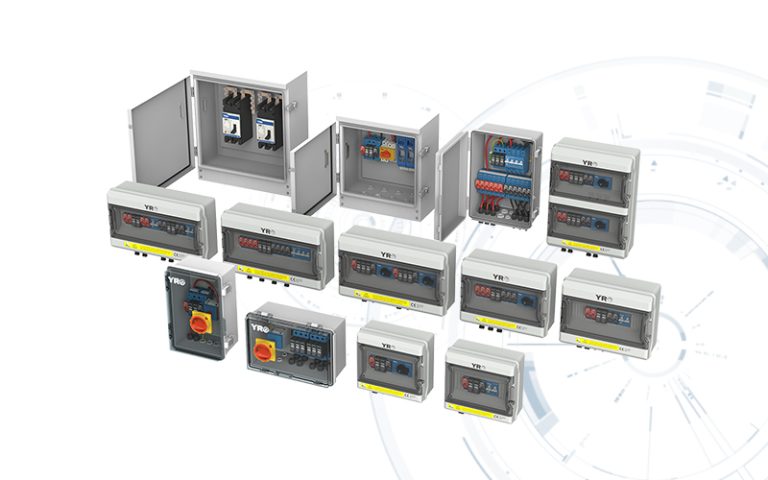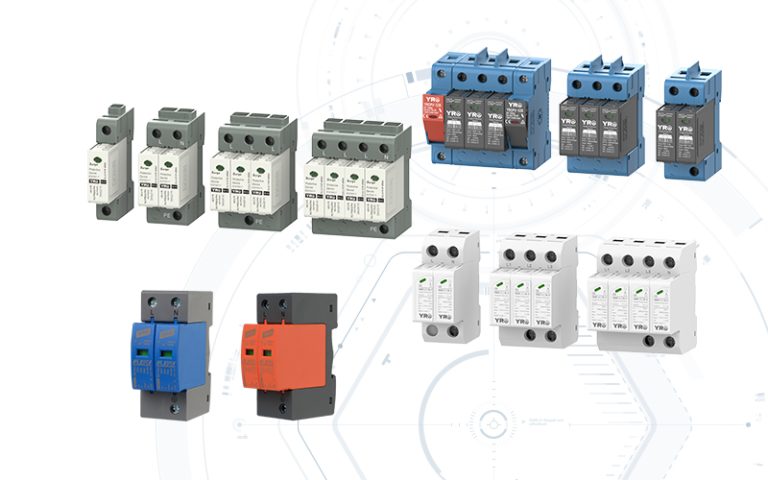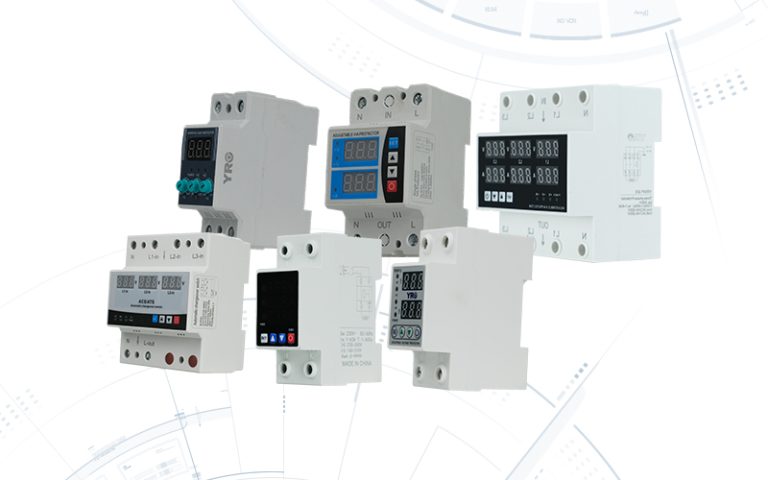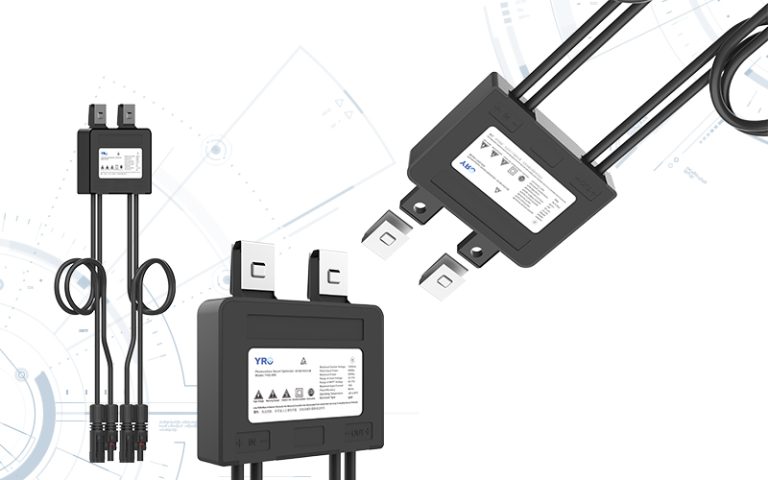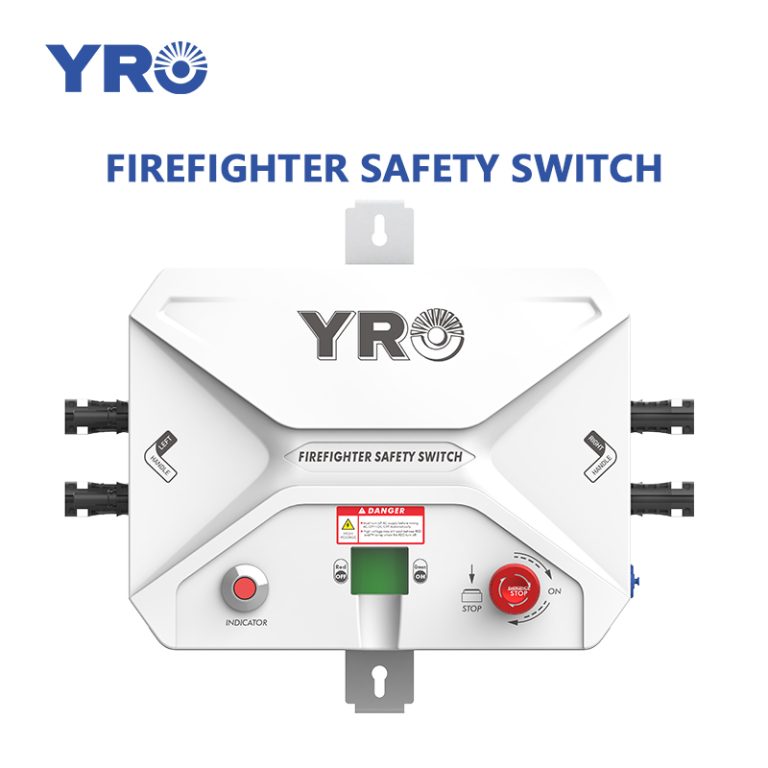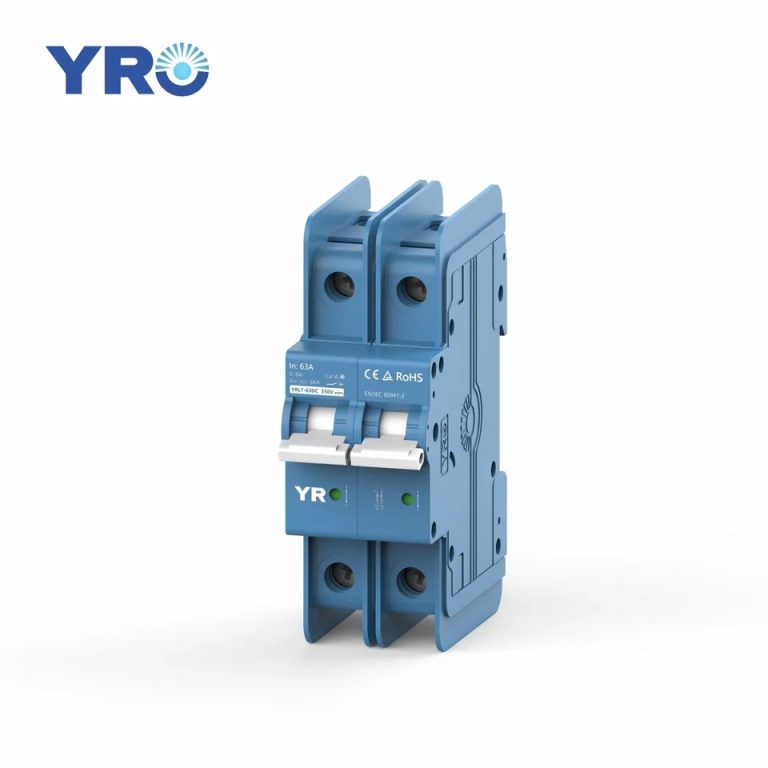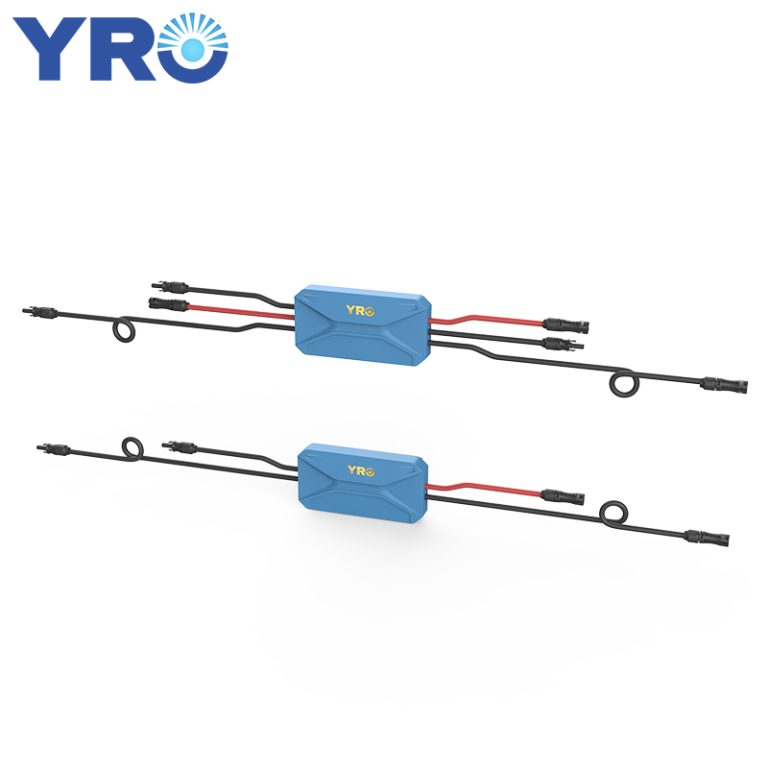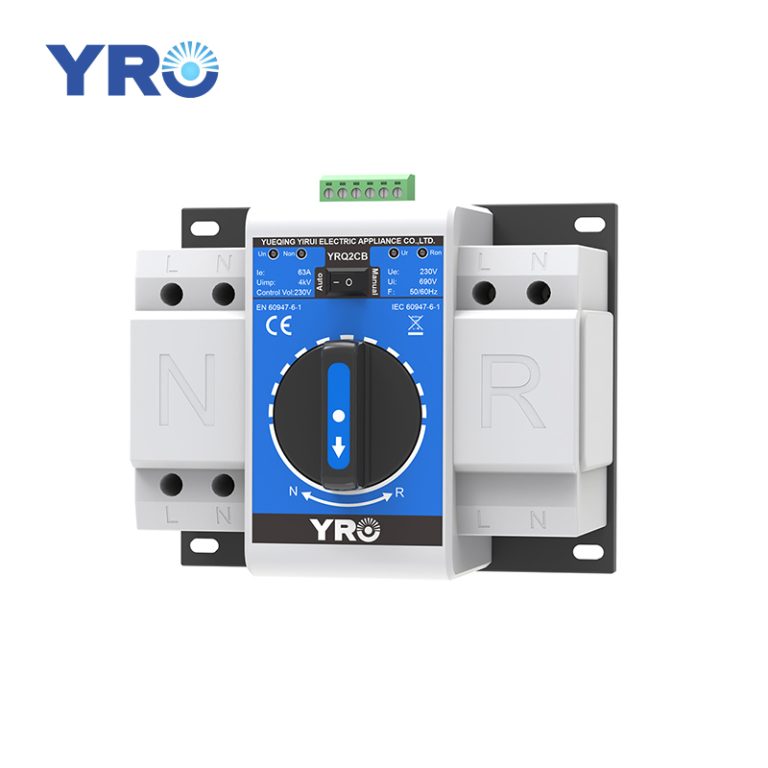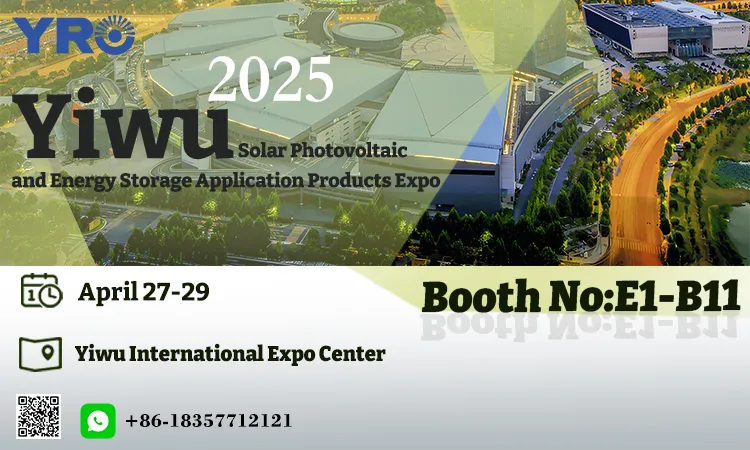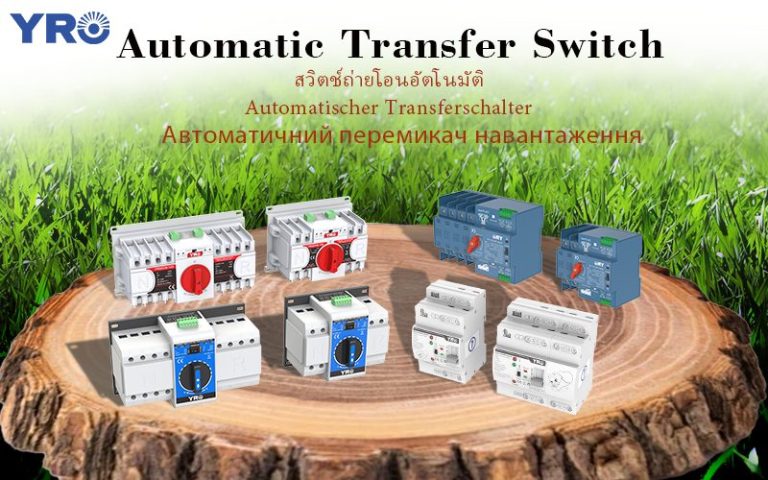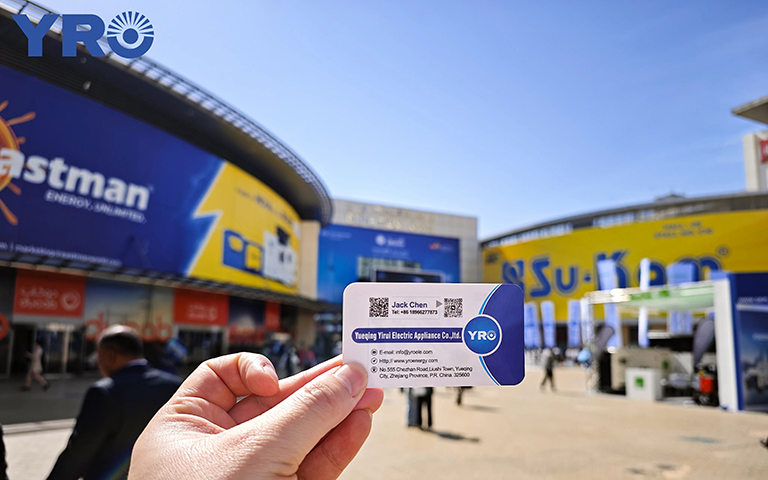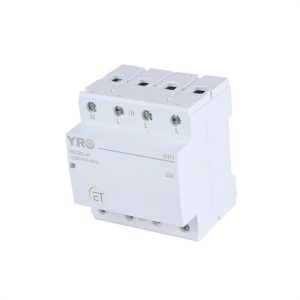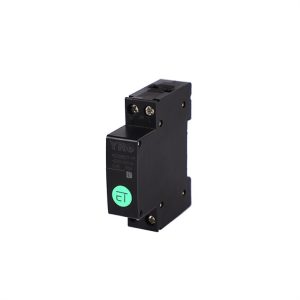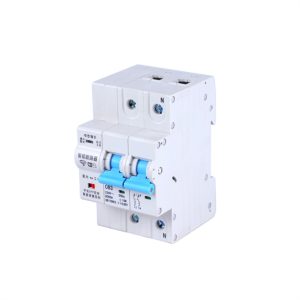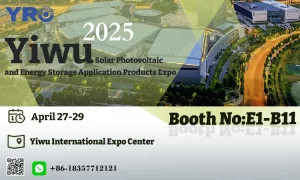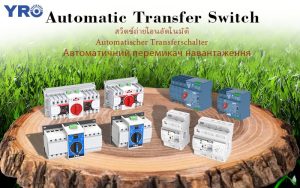In mature photovoltaic power systems, we often notice rectangular boxes that are perhaps opaque or only have transparent lids. What exactly are these boxes? What role do they play in a photovoltaic power plant? This article will reveal these issues one by one.
Ⅰ. What Is a Combiner Box as Used in PV Systems?
The Photovoltaic Combiner Box (PV Combiner Box) is usually also called DC Combiner Box. In a photovoltaic system, the PV Combiner Box is an electrical device used to combine multiple photovoltaic modules (solar panels) generated by the direct current (DC) pooled together and distributed to the inverter, in order to convert the DC power into alternating current (AC) for home, commercial buildings, or grid usage. The PV Combiner Box is usually installed between the PV array and the inverter, and is an important part of the PV power generation system.

Ⅱ. What Does a PV Combiner Box Do?
The role of the PV Combiner Box can be illustrated by a specific example: Suppose you are building a photovoltaic power plant, which consists of 500 photovoltaic panels. Each PV panel can produce 5 amps of current under optimal operating conditions. Without a PV Combiner Box, you would need to connect the output cables of each of these 500 panels to an inverter. This would not only result in a lot of cabling and connection work and increased installation costs, but would also increase the complexity of the system and potential points of failure.
By installing a PV Combiner Box, you can simplify this process:
1、Current Combiner: Every 50 PV panels form a sub-array, and the output of each sub-array is connected to a PV Combiner Box. In this way, you only need 10 boxes, each of which is responsible for aggregating the current from 50 PV panels.
2、Safety management: Each PV Combiner Box is equipped with internal fuses or circuit breakers. These protection devices can be automatically disconnected when the current exceeds the safe value, to prevent overload and short circuit, protecting the safety of the system.
3、Maintenance and monitoring: The design of the PV Combiner Box makes inspection and maintenance easy. Technicians can easily access the PV Combiner Box to check fuse status and monitor parameters such as current and voltage.
4、Cable management and simplification: The use of the PV Combiner Box greatly reduces the number and length of cables from the PV panels to the inverter, which not only reduces the cost of cables but also reduces the voltage drop and power loss due to the cable being too long.
5、Improving system efficiency: By reducing resistance and voltage drop, the PV Combiner Box helps to improve the overall efficiency of the system, thereby increasing power generation.
6、System scalability: If you need to add more PV panels in the future, you can add branch circuits to the existing busbar or install more busbars without redesigning the entire system.
In summary, the role of the PV Combiner Box in the PV power generation system is crucial. It simplifies the installation, improves safety, reduces maintenance costs, and improves the efficiency of the system, providing a guarantee for the reliable operation of the photovoltaic power generation system.

Ⅲ. How Does a Solar Combiner Box Work?
The working principle of a solar Combiner Box is based on the following key points:
1、PV module connection:
•Input terminals: Each PV module is connected to the input terminals of the solar Combiner Box via DC cables. Typically, a single solar Combiner Box can connect multiple PV modules. For example, a 12-input-terminal solar Combiner Box can connect 12 PV modules.
•Input current: Assuming that the output voltage of each PV module is 40V and the current is 8A, each input terminal will accept a DC voltage of 40V and a DC current of 8A.
2、Power pooling:
•Parallel connection: Inside the solar Combiner Box, these input terminals are usually connected in parallel, which means that the voltage of each component is kept constant and the current is the sum of all component currents.
•Total output current: Assuming that the solar Combiner Box is connected to 10 PV modules, and the output current of each module is 8A, the total output current will be 80A (8A × 10 modules), and the voltage will still be 40V.
3、Circuit protection:
•Circuit breaker or fuse: There is usually a circuit breaker or fuse behind each input terminal to provide overcurrent protection. Once the current of a particular PV module exceeds the safe range, the circuit breaker or fuse will cut off that circuit to prevent damage to other equipment.
•Surge arrester: The surge arrester is installed in the solar Combiner Box to protect the system from damage caused by lightning voltage surges. It can effectively absorb the instantaneous high voltage generated by lightning and prevent electrical equipment from being destroyed.
4、Monitoring function (optional):
•Current and voltage monitoring: The high-end solar Combiner Box is equipped with current and voltage monitoring equipment, which can monitor the current and voltage of each input terminal in real time. If abnormalities are detected, such as a sudden drop in current or abnormal voltage fluctuation of a component, the monitoring equipment will issue an alarm.
•Fault detection and alarm: The monitoring system is able to detect faults in the circuit, such as tripped circuit breakers, component failures, etc., and notify the maintenance personnel for inspection and repair through the alarm system.
5、Output to inverter:
•Output terminal: The pooled DC current is transmitted to the inverter through the output terminal of the solar Combiner Box. At this time, the output current is the sum of the currents of all parallel components, and the voltage remains the same as that of individual components.
•Inverter connection: The inverter converts the DC power from the solar Combiner Box into AC power, which is supplied to the local power equipment or transmitted to the power grid.
An example: Suppose a home PV system consists of 12 PV modules, each module has an output voltage of 40V and a current of 8A. The following is the workflow of the solar Combiner Box:
①Connecting components: 12 PV modules are connected to the 12 input terminals of the solar Combiner Box via cables.
②Power pooling: The solar Combiner Box pools the currents from the 12 modules, and the total output current is 96A (8A × 12 modules), and the voltage is maintained at 40V.
③Circuit protection: Circuit breakers behind each input terminal provide overcurrent protection, and lightning arrestors protect the system from lightning strikes.
④Real-time monitoring: The monitoring equipment monitors the current and voltage of each input terminal in real time and alarms when a fault is detected.
⑤Transmission to inverter: The pooled DC power is transmitted through the output terminals to the inverter, which converts it to AC power for home use.

Summary
The solar Combiner Box ensures the efficient and safe operation of the PV system by pooling the DC output of multiple PV modules, providing circuit protection and real-time monitoring. It plays a key role in PV systems to simplify wiring and improve system safety and overall efficiency.

